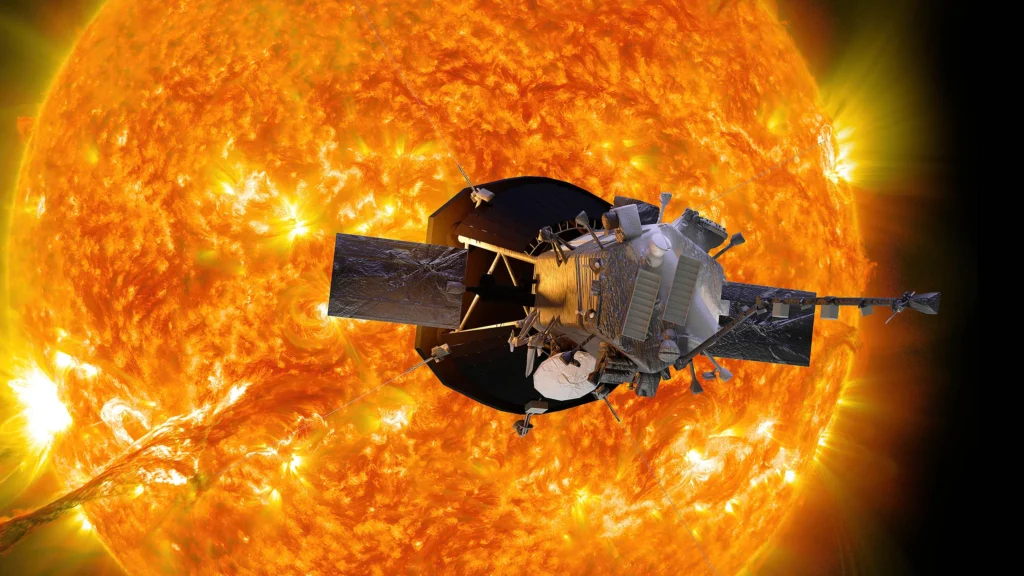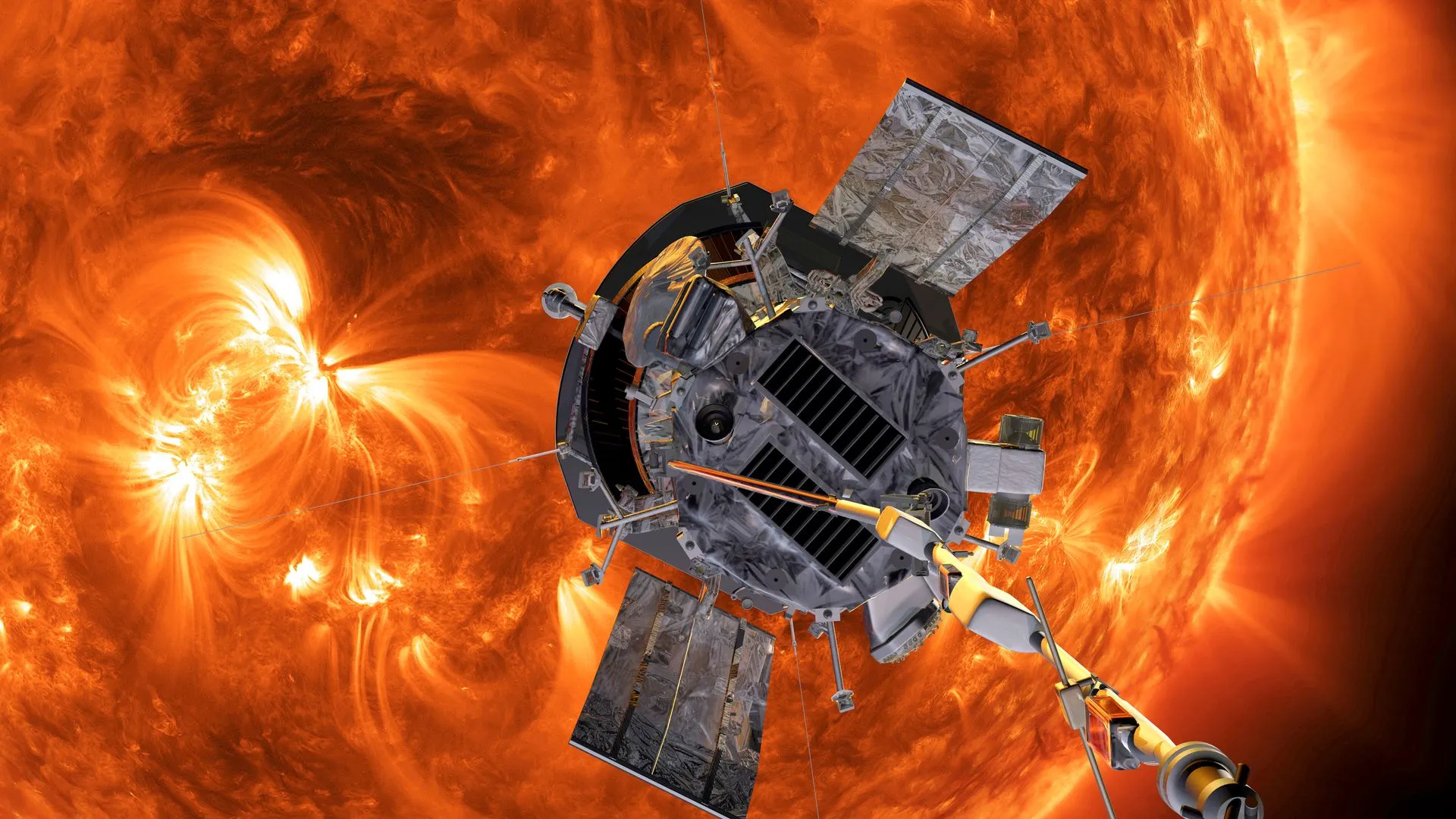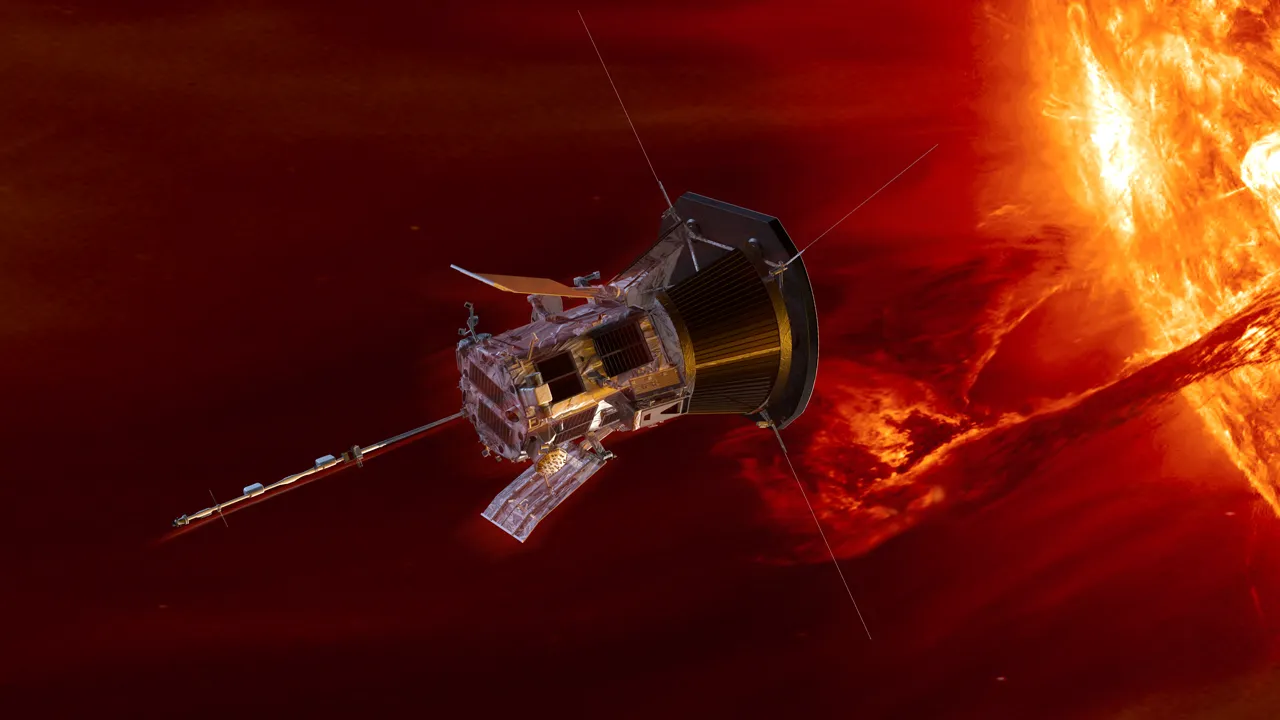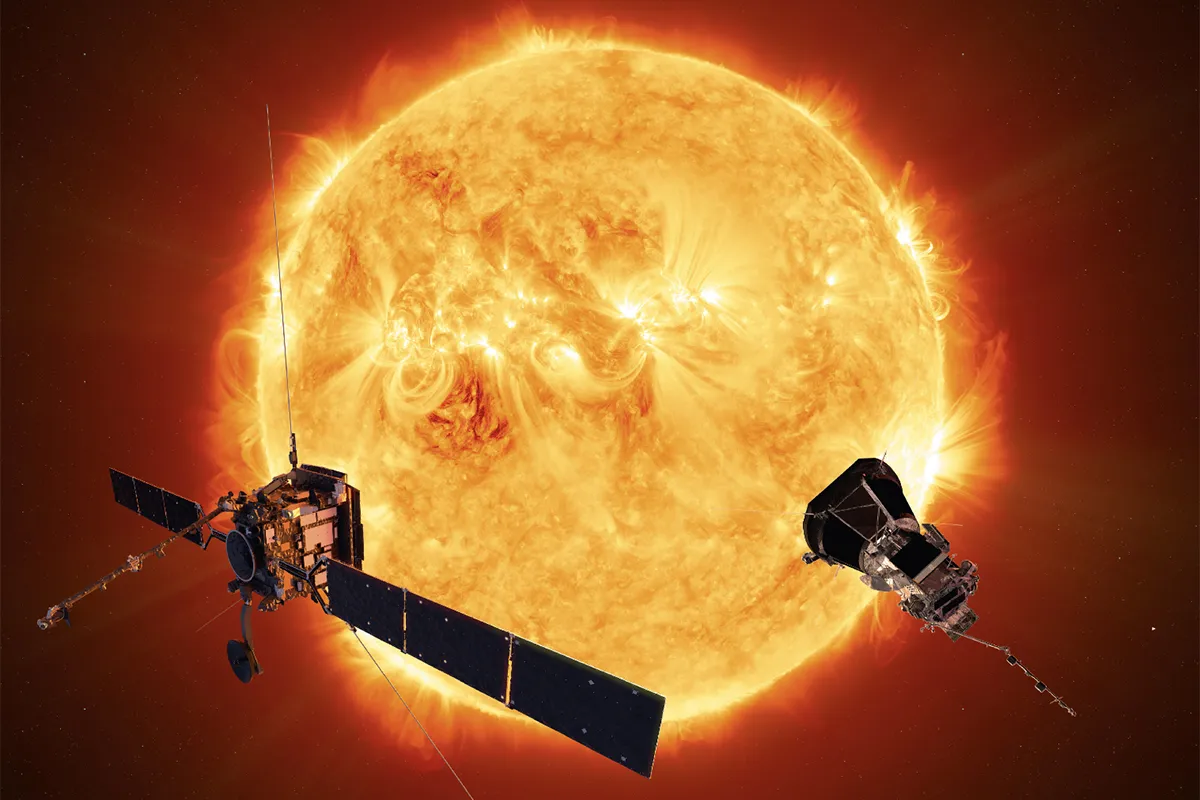
On the first day of the new year, NASA’s Parker Solar Probe ushered in 2021 with a historic message from the cosmos. Launched on August 12, 2018, this remarkable spacecraft achieved the closest-ever approach to the sun, marking a milestone in space exploration and solar science. The probe, which has now ventured closer to the sun than any other human-made object, transmitted its first detailed telemetry data back to Earth, confirming that all systems and instruments onboard are in excellent condition.

Stellar Performance in Extreme Conditions
During its daring close pass, the Parker Solar Probe withstood unimaginable conditions, skimming just 3.8 million miles away from the sun’s fiery surface. This proximity allowed the spacecraft to gather unprecedented data, providing insights into the solar atmosphere that have never before been accessible. The robust 4.5-inch-thick heat shield protected the probe from temperatures as high as 1,800 degrees Fahrenheit, demonstrating engineering prowess and resilience.
Michael Buckley, a spokesperson at Johns Hopkins University’s Applied Physics Laboratory, which manages the mission, expressed his enthusiasm about the probe’s performance: “It really is a remarkable spacecraft! All is looking good with the spacecraft systems and instrument operations.”

Pioneering Data to Unravel Solar Mysteries
The successful data transmission is not just a technical victory but a significant leap forward in understanding our closest star. “While Parker Solar Probe was closer to the sun than any other human-made object in history, it operated just as it was designed to do, and made observations that no one has been able to make before,” stated Helene Winters, the program manager for the mission at JHUAPL.
This wealth of new data is expected to revolutionize our understanding of solar phenomena, particularly the behaviors of the corona— the sun’s outer atmosphere. This region of the sun has perplexed scientists for decades due to its extreme temperatures, which are hotter than the surface of the sun itself.

What’s Next for the Parker Solar Probe?
The Parker Solar Probe is scheduled to continue its mission with additional flybys planned for 2025. These future encounters are anticipated to maintain the same daring proximity and speed, promising further exciting discoveries about our sun.
As the mission progresses, scientists are particularly eager to receive the upcoming batch of science data, which is expected later this month. “The data that will come down from the spacecraft will be fresh information about a place that we, as humanity, have never been,” Joe Westlake, the director of the Heliophysics Division at NASA Headquarters, emphasized.
